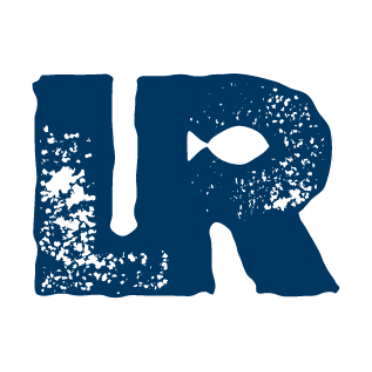An integrated approach to the protection of rivers, native fish species and target habitats
The project is focused on the implementation of the Water Plan of Slovakia within the Danube, Hron, Ipeľ and Belá river basins. The goal is to ensure good ecological status / good ecological potential (GES / GEP) of waters in 10 water bodies and thus improve a total of 344 km of water courses through hydromorphological measures, appropriate care of protected areas, restoration of floodplain forests and non-forest habitats and ensuring the removal of barriers to migration fish and strengthening their populations.

Living rivers in the program of the European night of researchers
On Friday 9th of September 2023 we took part in the prestigious event European night of researchers. It is an action that promotes science and research and organizations and institutions that either collect data, analyze it or use it in their practice.
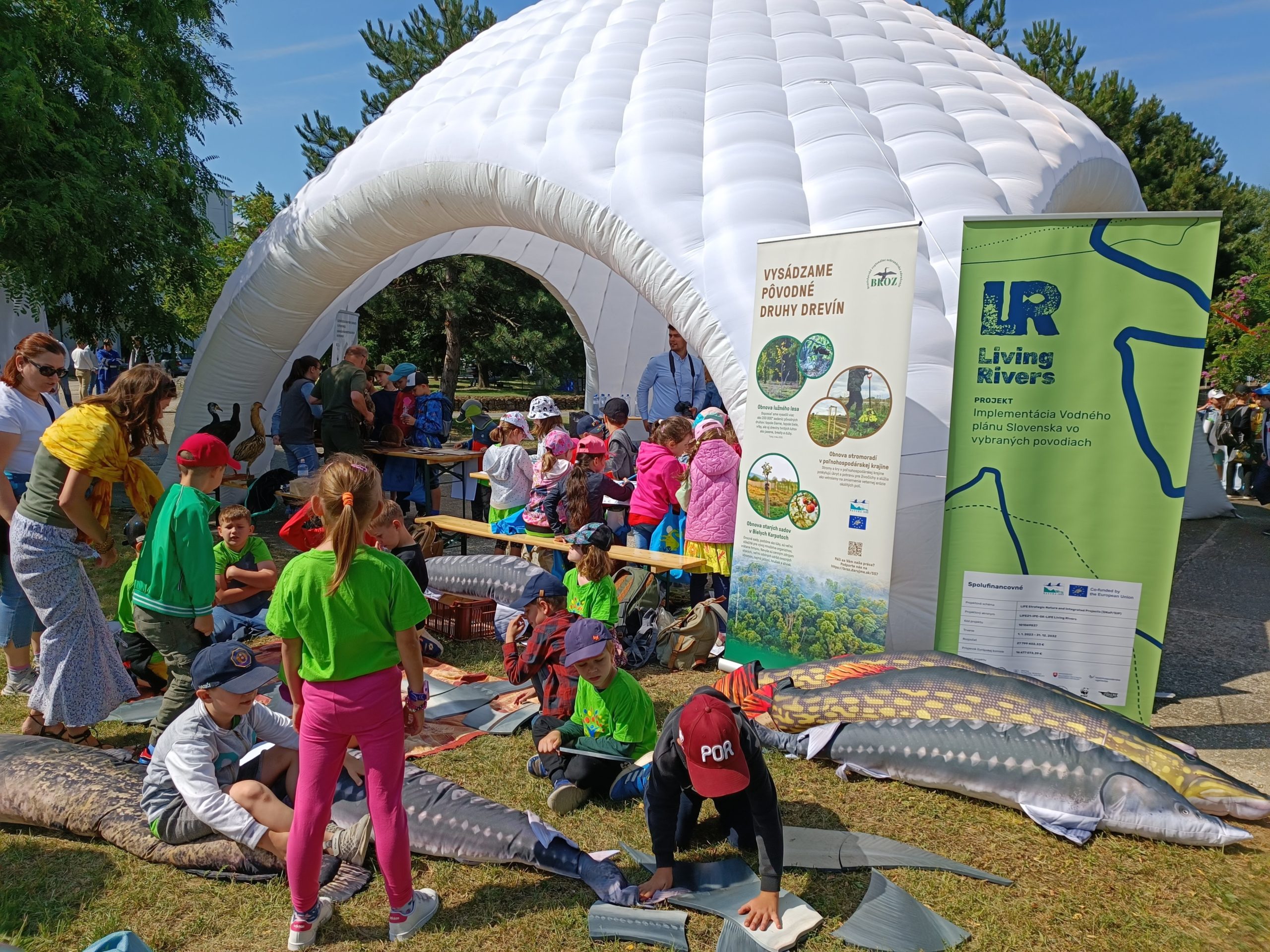
Danube Day for Schools
On the occasion of the International Danube Day, a rich accompanying program was prepared for schools. At the BROZ stand, children had the most fun filling in thematic worksheets, where they learned a lot of interesting things about floodplain forests and Danube fish, putting together huge puzzle of a large Danube sturgeon fish or a photo booth with a large catfish.
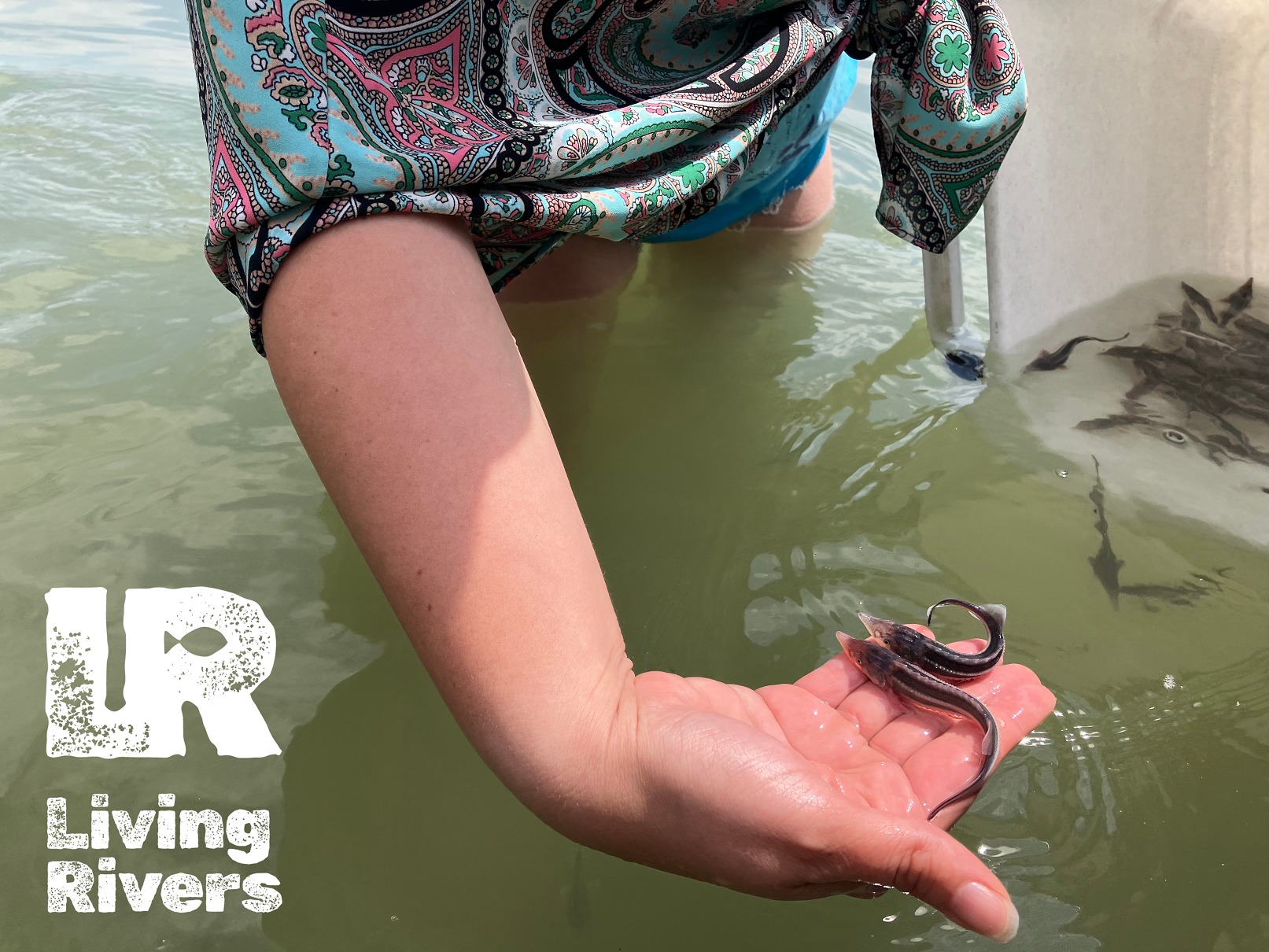
Conservationists, water managers and fishermen released 20,000 small sturgeon into the Danube
On Wednesday, June 14, 2023, a total of 20,000 small sturgeon juveniles were released into the Danube as part of the LIFE Living Rivers project. Sturgeons were released in three localities of their natural habitat - below the Čunovo dam, near the village of Sap and on Veľkololéský ostrov. Direct release of sturgeon fry into our rivers is one of the tools to strengthen the populations of this endangered fish species.
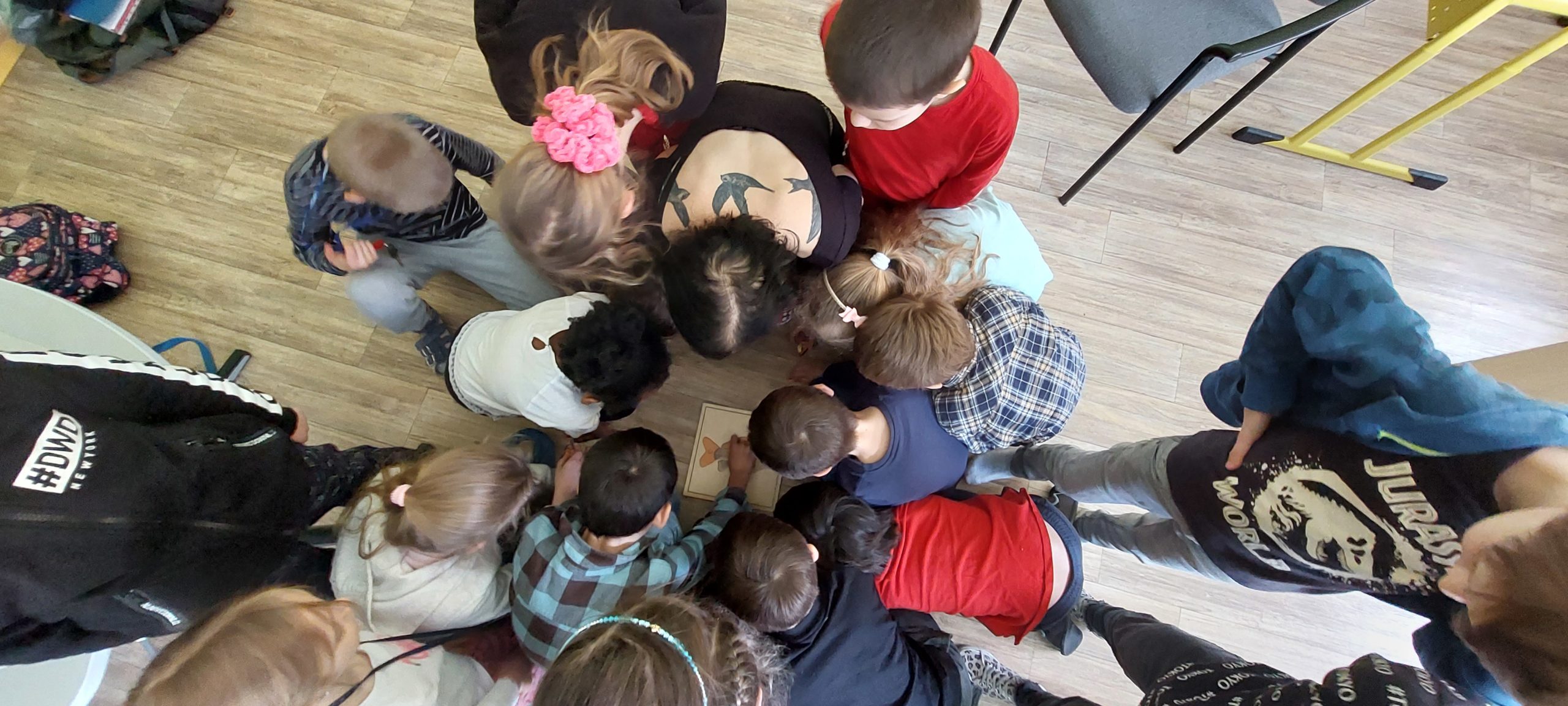
Fish Visited a School
Children from the 2nd and 4th grade of J. A. Komenský Elementary School in Bratislava had the opportunity to learn a lot of new and interesting information not only about the rivers themselves, but also about the adjacent floodplain forests and wetlands, their key inhabitants – fish.
Project title: Implementation of the river basin management plan in selected river sub-basins in Slovakia
Project sector: LIFE Strategic Nature and Integrated Projects (SNaP/SIP)
Project acronym: LIFE21-IPE-SK-LIFE Living Rivers
Project code: 101069837
Duration: 1.1.2023 – 31.12.2032
Total project budget: 27 799 402,33 € (60 % EU financial contribution – 16 677 073,39 €)
Co-ordinating beneficiary:
– Water Research Institute (VUVH)
Associated beneficiaries:
– Ministry of Environment (MoE)
– Slovak Water Management Enterprise, state enterprise (SWME)
– State Nature Conservancy of the Slovak Republic (SNC SR)
– Regional Association for Nature Conservation and Sustainable Development (BROZ)
– WWF Slovakia (WWF)
– Catch Me If You Can (CM)
– University of South Bohemia in České Budějovice (JU)
– Administration of the Tatra National Park (TANAP)
– Water Management Construction, state enterprise (VVB)
Sound water management is one of emerging challenges that cannot be resolved without an integrated approach. The project will contribute to the implementation of the 3rd RBMP for the Danube (2021-2027) in Slovakia through implementation of measures to eliminate hydromorphological pressures. It addresses ecological targets of the Water Framework Directive and Habitats Directive via management of protected areas, sustainable forest, land management, fishery management and active measures to support natural reproduction of native fish species. The goal of the project is to transpose the identified solutions of the new Water Policy Conception (2021-2030 with prospects till 2050) through an integrated cooperation of public bodies and stakeholders and to connect the (often) contradictory interests within the use of ecosystem services towards an integrated river basin management in the pilot sub-basins. Proposed actions comprise an expertise in several scientific disciplines such as hydrology, hydraulics, morphology, biology, water quality and engineering. This project will demonstrate integrated water resources management at a variety of scales, promoting and utilizing collaborative management and applying the demonstrated best practice examples to wider solutions on a countrywide level.
- proposal and implementation of measures based on nature based solutions and green infrastructure principles that increase climate resilience, water retention in the river basin, enhance biodiversity and reduce flood risk
- demonstration of necessary step-by step procedures leading to successful cost-efficient and sustainable restoration, being it preparation activities, stakeholder engagement, detailed monitoring, preparation of detailed technical documentation, obtaining permits and completing necessary legislative procedures
- restoration of longitudinal connectivity of selected water bodies by removal or reconstruction of barriers, restoration of sediment transport continuity including sediment management, improvement of hydraulic, morphological and ecological effects of existing in-channel structures (barriers, groins, deflective structures, etc.)
- restoration of lateral connectivity of the main channel with its floodplains by reconnection of side-arms and by re-establishment of natural river banks, restoration of wetlands and stagnant waters as natural retention areas with a direct impact on groundwater storage which would lead to improvement of habitat diversity in the river channel, its floodplain areas and better conditions for lateral migrations and spawning of ichthyofauna
- improvement of hydrological regime and flow dynamics of the targeted rivers
- restoration of degraded natural ecosystems and natural fish species populations by:
- improvement of natural reproduction of native endangered and vulnerable fish species
- restoration of wild populations of indigenous protected rheophilic fishes (sterlet) using in situ methods transfer of new methods for fish early life stages investigation and their adopting for conditions of the Danube River in the Slovak Republic
- introduction of land, wetland and forest management practices in the water-dependent SCIs and SPAs, restoration of vegetation cover on the river banks and in the floodplains
- targeted monitoring and implementation of several innovative monitoring methods, e.g. screening of newly emerging substances in surface water pollution, telemetric surveys of passability of the Danube for fish, ichthyoplankton monitoring by collection nets, biodiversity survey using DNA analysis (DNA metabarcoding) of both environmental (water) and bulk (benthos) samples, continual fine-sediment monitoring based on ultrasound probes, establishment of hydrological monitoring network with automatic data transfer based on IoT (internet of things), drone mapping, vegetation cover mapping by remote sensing tools etc.
- exploitation of project results, replication of actions in other regions within the Danube and Visla river basins in Slovakia, knowledge transfer, learning, cooperation and participation of public organizations and stakeholders in water management planning and implementation of relevant plans
- increased awareness and public acceptance of nature-based solutions and restoration activities via promotion of the need to enhance biodiversity and climate change resilience
- mobilization and coordination of complementary funds leading to full implementation of the River Basin Management Plan
Project area is represented by water bodies and adjacent habitats in sub-basin of Danube, Hron, Ipel a Belá rivers.
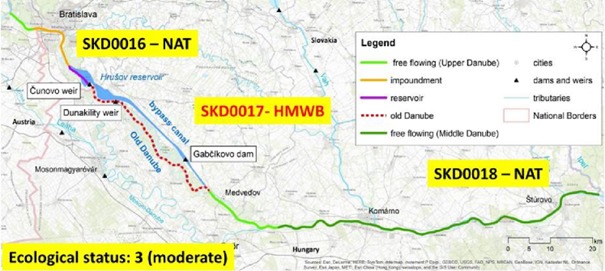
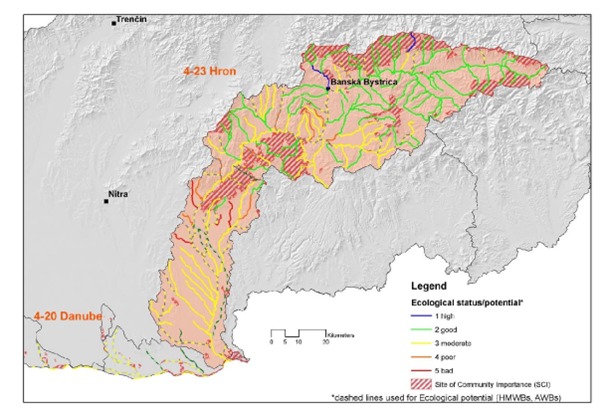

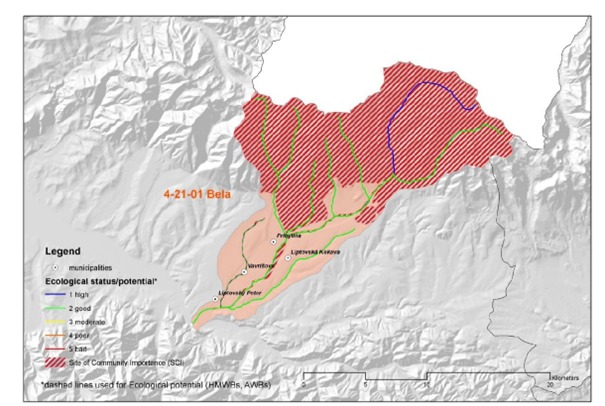
-harmonized Plan of Measures to achieve GES/GEP of the priority water bodies
-priority lists of barriers suitable for removal / reconstruction
-up-to-date database of longitudinal continuity interruptions with verified passability information
-geodatabase and a web map service with locations of proposed measures from HPoM
-guidance on the prioritization of migration barriers (for Slovak Republic)
-proposal of feasible restoration measures to be implemented within the project as well as outside the project
-feasibility and scoping studies
Danube:
-restoration of at least 3 side river branches with the total length of 9,8 km: river branch at Bodíky – Baka area (side branch system), river branch Medveďov – Kľúčovec, side branch of Veľkolélske rameno river branch system
-restoration of lateral connectivity on 475 ha
-restoration of 38 ha of wetlands
-reconstruction of Dunakiliti weir on the main Danube channel (allowing fish migration) – 9 km migration reach recovered towards Čunovo weir
-removal/reconstruction of 5 barriers on side arms (allowing fish migration) – at least 4 km of free flowing sections restored
Hron catchment:
-reconnection of at least 5 river branches or former meanders at a total length 2,5 km
-improving the status of floodplain habitats in the area of 27 ha
-improving of longitudinal continuity and reinstatement of free-flowing sections of 5 water bodies passable for fish and reconnection of 32,5 rkm of free-flowing stretches
-improving hydromorphological quality indicators and biological quality indicators to reach GES/GEP of at least on one selected heavily modified water body (Slatina river)
Ipeľ river:
-riverbank restoration and lateral connectivity improvement by removal or modification of embankment at total length of 700 m
-reconnection or improvement of water regime in 3 side arms at total length approx. 1,3 km
-improving of the status of floodplain habitats in the area of 11 ha
-the breeding facility and hatchery will breed the brood fish of target species and produce stocks; expected annual production of hatchery is 350,000 juveniles of grayling and brown trout and ca. 10,000 juveniles of minnow
-knowledge and methods transfer to ensure the highest possible quality, adaptability, and genetic variability of fish stock assemblages
-in total, 60 thousand fertilized sterlet eggs will be stocked into the Danube
-each year (2023-2028) 10 thousand of stained sterlet juveniles will be stocked
-moreover, two innovations in in situ sturgeon conservation in Slovakia will be transformed into the practice
-sustainable nature and biodiversity-friendly fishing and fishery management establishment and implementation into the practice
-formation and setting of the rules and principles for the sustainable nature-friendly fishing and fishery management and preparation of the appropriate guidelines
-establishment of the expert work group for implementation and adaptation of the principles of the fishing and fishery management into the practice
-agreement with water managers, hydro power plants operators, anglers and other water users (industry, agriculture) on compliance with the set rules and proposed measures
-preparation of the methodological tools for the brown trout and grayling culture in the control conditions for nature friendly stocking material production
-elaborated management plans for 8 protected areas (SCIs)
-min. of 60 000 native trees planted to restore 91E0* and 91F0* habitats in the area of min. 50 ha (Danube)
-min. of 300 old pollarded willows restored and 300 new willows for pollarding planted in the area of min. 10 ha (Danube)
-support of natural forest rejuvenation and restoration of habitats in the area of min. 25 ha (Danube)
-grazing of inundation zones re-introduced to the area of min. 39 ha (Danube)
-purchase of living trees and fallen trees and dead wood on the ground and in water as important fish habitats and landscape features – about 700 m3 , i.e about 1000 trees or area of 5 ha (non-state and state lands)
-tending of young forest stands and riparian vegetation on 50 ha (non-state and state lands)
-protecting of young trees against red deers on 8 ha (non-state and state lands)
-80 seedlings planted on ruderal habitats along the tributaries for restoration of riparian vegetation – Hron, Ipeľ
-alluvial meadows are managed by mowing in the area of min. 5 ha – Hron, Ipeľ
-compilation of databases of hydrological, morphological, climatological, biological and chemical data for the state before and after implementation of measures
-assessment of ecological status (BQE, physico-chemical quality elements, hydromorphological quality elements) for prior and post implementation phases
-improvement of knowledge base on selected aquatic communities and demonstration of new approaches by environmental DNA, comparison of DNA method with classical approach and recommendation for future biotic monitoring
-determination of the ecological indicators of the ichthyocenoses (abundance, biomass, dominance, equitability, size and age population composition) in the target areas and evaluation of their time development and interconnections with other measures applied within the proposed project (removal of migration barriers, improvement of wastewater treatment function, changes in fisheries management)
-the list of emerging substances such as pharmaceuticals, veterinary medicinal products, industrial pollutants, body care products, pesticides and especially their degradation products will be available based on 144 sampling campaigns
-the content of 126 relevant substances from the group of pharmaceuticals (48 compounds) and pesticides (78 compounds) will be evaluated in ten POCIS and complementary in twenty water grab samples in every year of the project
-comparison of pollution profiles and concentrations of micropollutants in water before and after the implementation of restoration measures
-monitoring of relevant habitats and species in targeted NATURA 2000 areas for comparison of their status before and after the implementation of the project measures
-identification of ecosystem services at the targeted areas at present state and evaluation of ESS improvement by restoration measures
-project website developed, maintained and promoted during the whole project period
-hatchery website launched
-14 information panels created and installed, 3 exterior LCD screens installed
-printed materials and promotional items produced and distributed (leaflets 5 000 pcs, project brochures 5 000 pcs, brochures for visitors 1 000 pcs, Layman’s report 1 500 pcs, calendars 1 500 pcs, project T-shirts 1 300 pcs, hoodies 100 pcs, hats 200 pcs, cups 350 pcs, stainless steel bottles 350 pcs, pens 1 500 pcs, pencils 1 000 pcs, textile bags 500 pcs, fake tattoos for kids 2 000 pcs, textile aquatic animals toys 500 pcs, board game 150 pcs, chocolates with project motive and information on package (organic, fair trade) 1 000 pcs, herbal tea packs (locally produced) 1 000 pcs, herbal soaps 1 000 pcs, 15 scientific illustrations for poster graphic, posters 2 to 3 types, 600 pcs of each
-1 250 dissemination materials elaborated by JU (board games, cards, small promotional items)
-1 documentary film and video published and promoted
-1 mobile outdoor exhibition developed
-3 digital campaigns launched
-min. 10 public events organized
-min. 6 press trips organized
-min. 7 press releases, 35 print and online articles, 10 radio outputs, 5 TV outputs
-3 study visits organized
-at least 10 conferences attended
-26 new people employed
-7 working groups established
-30 capacity building trainings organized
-6 seminars for general public organized
-at least 3 new projects mobilized and submitted
WP1 – Project management and coordination
T.1.1 Project management and monitoring of project progress
T.1.2 Project bookkeeping, financial management and auditing
WP2 – Integrated management planning – from basin scale to river reach
T.2.1. Development of integrated management strategies for the pilot basins (Danube, Hron, Ipeľ, Belá)
T.2.2. Ecological prioritization approach to assure longitudinal continuity of migration barriers
T.2.3 Re-establishment of migration routes for sturgeon species on the Danube river and re-connection of its floodplain habitats
T.2.4 Exploring of restoration potential at selected water bodies at pilot basins (Hron, Ipeľ, Belá)
WP3 – Restoration measures on selected surface water bodies at pilot basins
T.3.1 Technical documentation, permits and approvals
T.3.2 Land purchase and long-term lease
T.3.3 Implementation of restoration measures in the Danube river and its floodplains
T.3.4 Implementation of restoration measures in the Hron catchment
T.3.5 Implementation of restoration measures in the Belá catchment
T.3.6 Implementation of restoration measures in the Ipeľ catchment
WP4 – Nature and biodiversity friendly fishing management and active measures to support prospects of target umbrella fish species
T.4.1 Establishing of natural fish species breeding facility, fish stock production and release in the Belá catchment
T.4.2 In situ strengthening of natural populations of Danubian sturgeons using eggs incubation in the wild
T.4.3 Juveniles re-stocking as an in situ conservation measure for reinforcement of the sturgeon’s populations in the Slovak part of the Danube
T.4.4 Nature and biodiversity friendly fishing management
WP5 – Nature and river friendly forest and land management and restoration
T.5.1. Elaboration of Management Plans of Protected Areas
T.5.2 Vegetation cover mapping at Belá basin, Ipeľ and Hron rivers
T.5.3 Restoration of riparian vegetation along river branches and water courses in Danube river area
T.5.4 Restoration of riparian vegetation at Belá river basin
T.5.5. Restoration of riparian vegetation and floodplain habitats at Ipeľ and Hron river basins
WP6 – Monitoring of the impact of the project actions
T.6.1 Hydrological and morphological monitoring
T.6.2 Hydrobiological monitoring
T.6.3 Monitoring of the ichthyocoenoses in the target river catchments
T.6.4 Telemetric surveys of passability of the Danube for fish in the Slovak Republic
T.6.6 Monitoring of emergent substances by large-volume sample screening
T.6.7. Micropollutants monitoring by passive sampling
T.6.8 Monitoring of relevant habitats and species
T.6.9 Mapping of ecosystem services
T.6.10 LIFE Key project level indicators monitoring
T.6.11 Monitoring of the progress of implementation of the River Basin Management Plan
WP7 – Public awareness, dissemination of results, stakeholder cooperation and
capacity building
T.7.1 General project communication and information dissemination
T.7.2 Public awareness and events
T.7.3 Cooperation with stakeholders dissemination of results and networking with other project´s team
T.7.4 Capacity building and training of staff
WP8 – Complementary funding coordination
T.8.1 Available funding overview
T.8.2 Complementary funding coordination and mobilization
WP9 – Sustainability, replication and exploitation of project results
T.9.1 Replication and transfer of the project solutions
T.9.2. Sustainability and exploitation of project results
T.9.3 After-LIFE Plan
BROZ staff:
Coordinator for nature and river friendly forest and land management – Mgr. Stanislav Kušnier (kusnier@broz.sk)
Awareness and communication manager – Mgr. Andrea Froncová (froncova@broz.sk)
Field assistant – water and wetlands habitats restoration – position not yet occupied
Field assistant – land expert – Ing. Július Lenčéš (lences@broz.sk)
Administrative and financial assistant – Mgr. Miroslava Rakovská (rakovska@broz.sk)
Workers – position not yet occupied
For other contacts visit the main project web site: under construction

